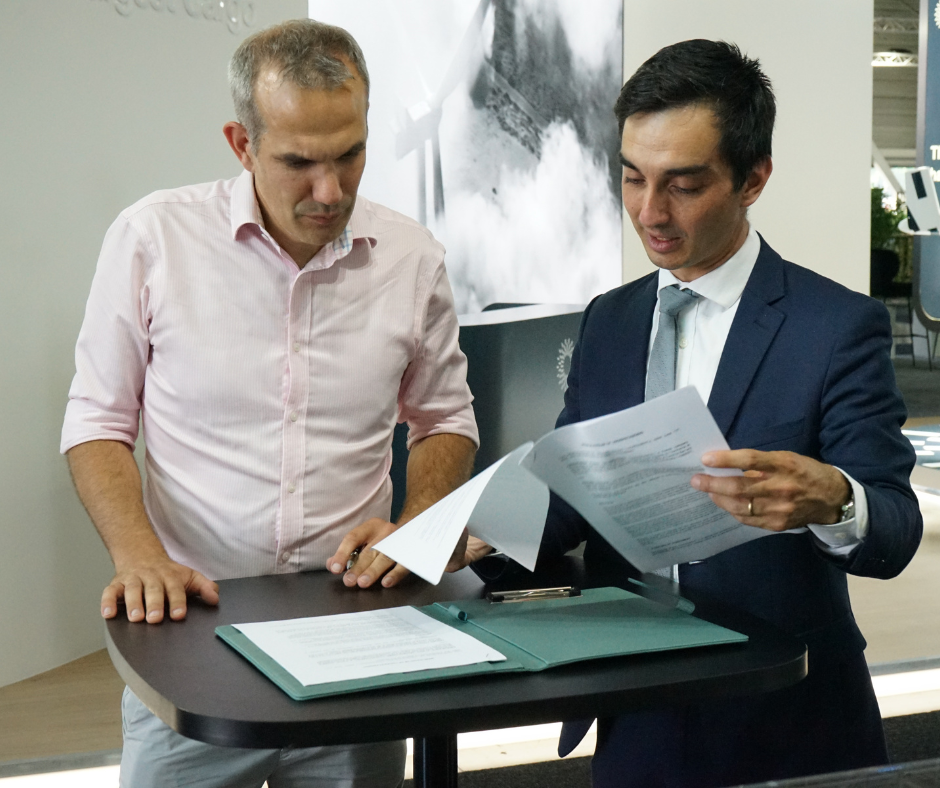
We are talking about Regional Air Mobility, but what are the routes that Atea will fly?
Atea Routes [1/4] – Hard-to-reach places
The first goal of our aircraft Atea is to provide a regional mobility solution able to cover areas where the traditional transportation system is not fully efficient (or simply existing).
- connect hard-to-reach places more efficiently
- offer a sustainable alternative for long and polluting trips
- link areas with natural obstacles such as mountain or water bodies
The best example of this first use of Atea is the the Philippines’ archipelago.
Atea will be in capacity to operate flights between the 7,000 islands that are forming the country.

Atea Routes [2/4] – City-to-City
Atea is our answer to mobility needs that are not fully covered today – low carbon, low noise.
It is also an alternative on specific trips to conventional air transportation where a more direct, point to point transportation system is required.
The goals?
- provide a differentiating, direct, point to point trip from city A to city B
- bring back air mobility right to its users with new infrastructures (vertiports) closer to urban centers
- create an interconnected and multimodal mobility network
- above it all: reduce emissions and duration of domestic travels
A good example of these applications is the trip between New-York City and Washington DC. Atea will be in capacity of operating city-to-city flights, from city center to city center
- without the additional hurdles of transit to the airport
- with less CO2 emissions
- with the shortest duration
For our customers, this is the opportunity to create a high-value, low carbon, differentiating offer to their user to directly link cities to cities!

Atea Routes [3/4] – Bays and Natural Boundaries
In some situation, Atea will be a regional alternative to helicopter, with a reduced carbon footprint (up to -80%) and noise emissions divided by 2!
Especially in areas where natural boundaries or infrastructures are making mobility harder:
- metropolitan areas with natural obstacles that lengthen the trip using ground transportation
- large metropolitan areas with heavy congestion and inefficient transportation systems
Atea will allow to:
- create and expand a cleaner regional network
- reduce travel time between enclaved areas
- use an accessible and less polluting air mobility alternative
For example Atea will operate in areas such as the San Francisco Bay area, where ground transportation be a nightmare and travel by helicopter is not an environmental and economic viable alternative.

Atea Routes [4/4] – Underserved Areas
Atea and decentralized aviation is finally a way, to cover trips that are difficult to do for now and serve enclaved areas.
Traditional mobility solutions are not operating on these routes, and some areas are struggling with an inefficient mobility offer.
With Atea, we want to
- provide an efficient, infrastructure-light transportation to link those areas
- offer a quicker and cleaner mobility solution
- operate flights where conventional planes are not an efficient solution
A French example of this situation is the route between Toulouse and Clermont-Ferrand.
- A stopover in Paris and no direct route by plane
- No existing high-speed railway connection



